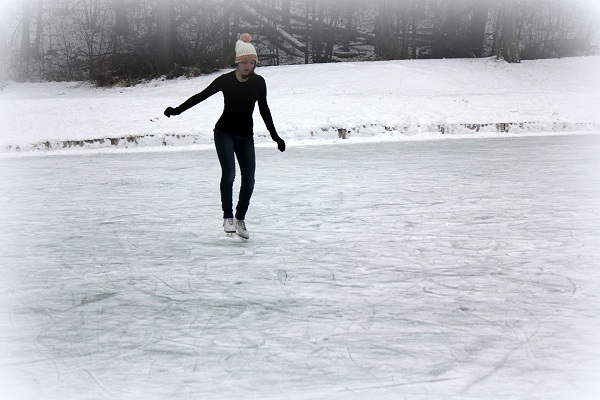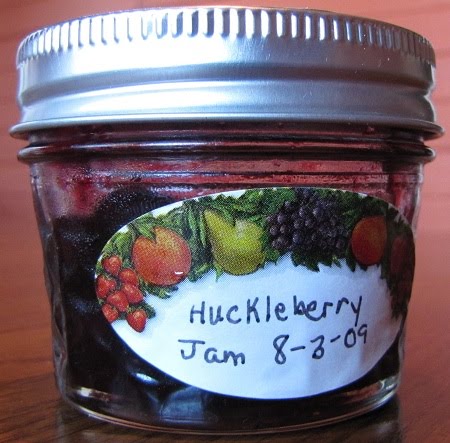I’m no ballerina on ice but I love getting out on the pond! It makes me feel like a butterfly…and butterflies are free!
Luckily my family and I have access to a pond in Kalispell’s City Park which is maintained by Parks ‘n Recs. Each ice skating season they clear the snow off of the pond with plows and post signs such as “Thin Ice”, or “Rink Open” when it’s safe to skate, or “Rink Closed” when unsafe. This eliminates my worry about whether or not the ice is safe for ice skating.
However, there have been a few occasions where we have needed to determine the safety of the ice for ourselves without the help of an experienced maintenance crew.
Tips for How to Check for Safe Ice
The following tips are not only helpful for ice skating but are also useful if you simply want to explore the surface of a frozen pond or try your luck at ice fishing.
Before venturing onto a frozen pond, check to see if the ice is thick enough to skate on. If possible use an ice auger to drill a hole in the ice. If you do not have an ice auger and the ice is clear, find an angle at which you can see where the depth of the ice ends and water begins.
Here are the meanings of ice thickness:
-
- 3″ or less STAY OFF
- 4″ safe for ice skating, walking, and cross country skiing
- 5″ safe for one snowmobile or ATV
- 8″-12″ safe for one car or small pickup
- 12″-15″ safe for one medium pickup truck or van.
If you can’t see the depth of the ice, use the weather and color of the ice as a guide.
-
- Bluish white – safe to skate on
- Black or clear – very thick and safe
- Pitted and milky – very unstable







